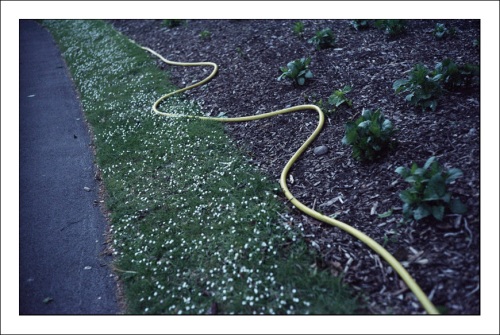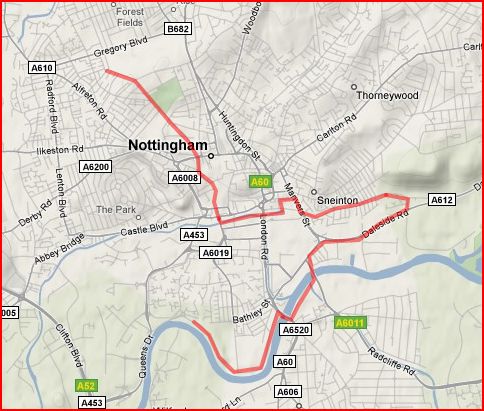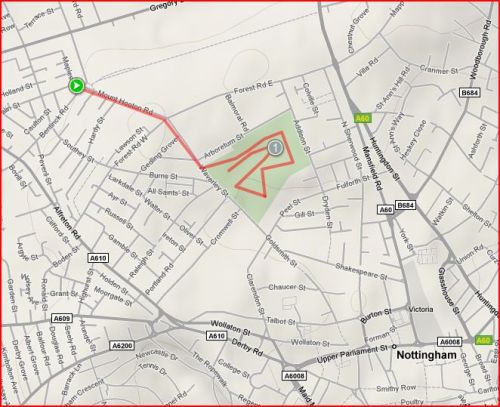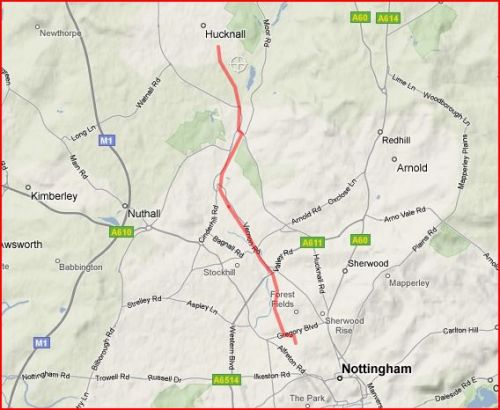Ive decided to present my images in a series of 5 diptychs, each of which relating to each other in one way or another;

Irrigation

Functional Landscape
These two open the series, juxtaposing each other. Irrigation is a subtle signifier of the wastage that passes both under our feet and our attention. It shows that a lot of the control of land is unnoticed, consciously and unconsciously. A patch of grass is no longer something we just walk/play/relax across, but a cover – hiding the wastage of humans.
Functional Landscape brings this control of the landscape above ground, for both funcional and aesthetic reasons. Here people are encouraged to sit and relaxed in a carefully controlled and manicured area of land. This is designed to be used and nature is imported to aesthticise the area in an attempt to quash the banality and brutality of the place.

Hose

Weeds
A couple of strands run through these two images. Straightforwardly enough there is yellow – there is yellow in the hose pipe and in the weed. Secondly if we look deeper, we consider the cultivation of nature. The hosepipe signifies the active encouragement of growth, whilst the fencing signifies the discouragment of said growth. These opposing terms show the active attempts to control nature, with its relative failure in cases.

Support

Leaves
Leaves tie these images together. The second attempts to induce this notion of the country/nature, leaves are used as a decoration to bridgten up the impersonal, functional and controlling metal fence. Whist in ‘Support’ the concept is a little different. Suggested by the title, Nature is nurtured and protected.

Protection

Wood Store
Wires hold these two; controlling, but in different ways. Protection uses wires inconjunction with a manicured hedge to form a boundary. Wires in the second hold together a group of logs, cut down and stored for reasons unbeknownst to myself.

Painting

Can
To finish off the series spray pain covers leaves against a daubed, graffitied wall and two rocks pincering a can. Spray paint represents a blatent disregard for nature, and in a similar way with the disregarded detritus.























